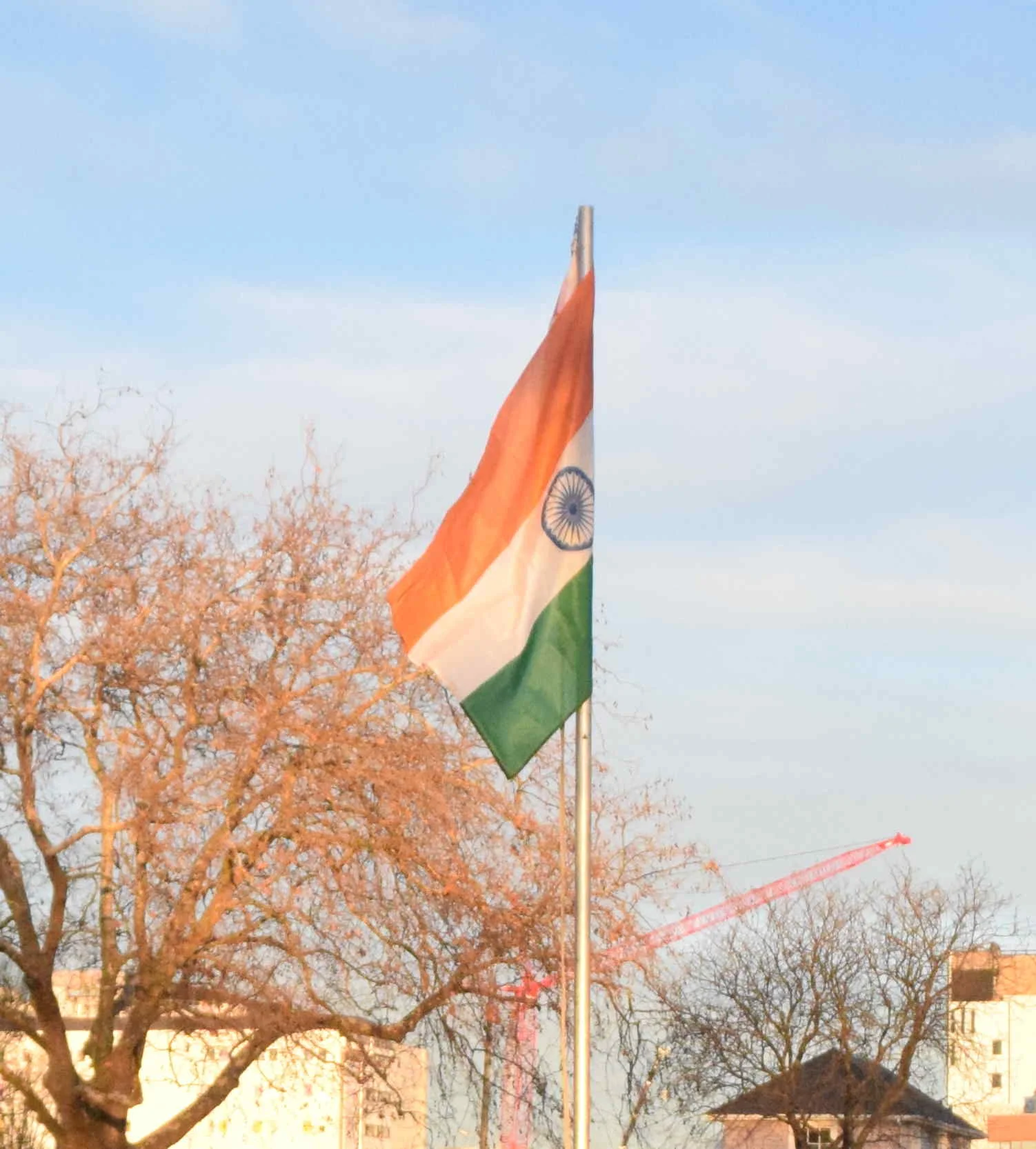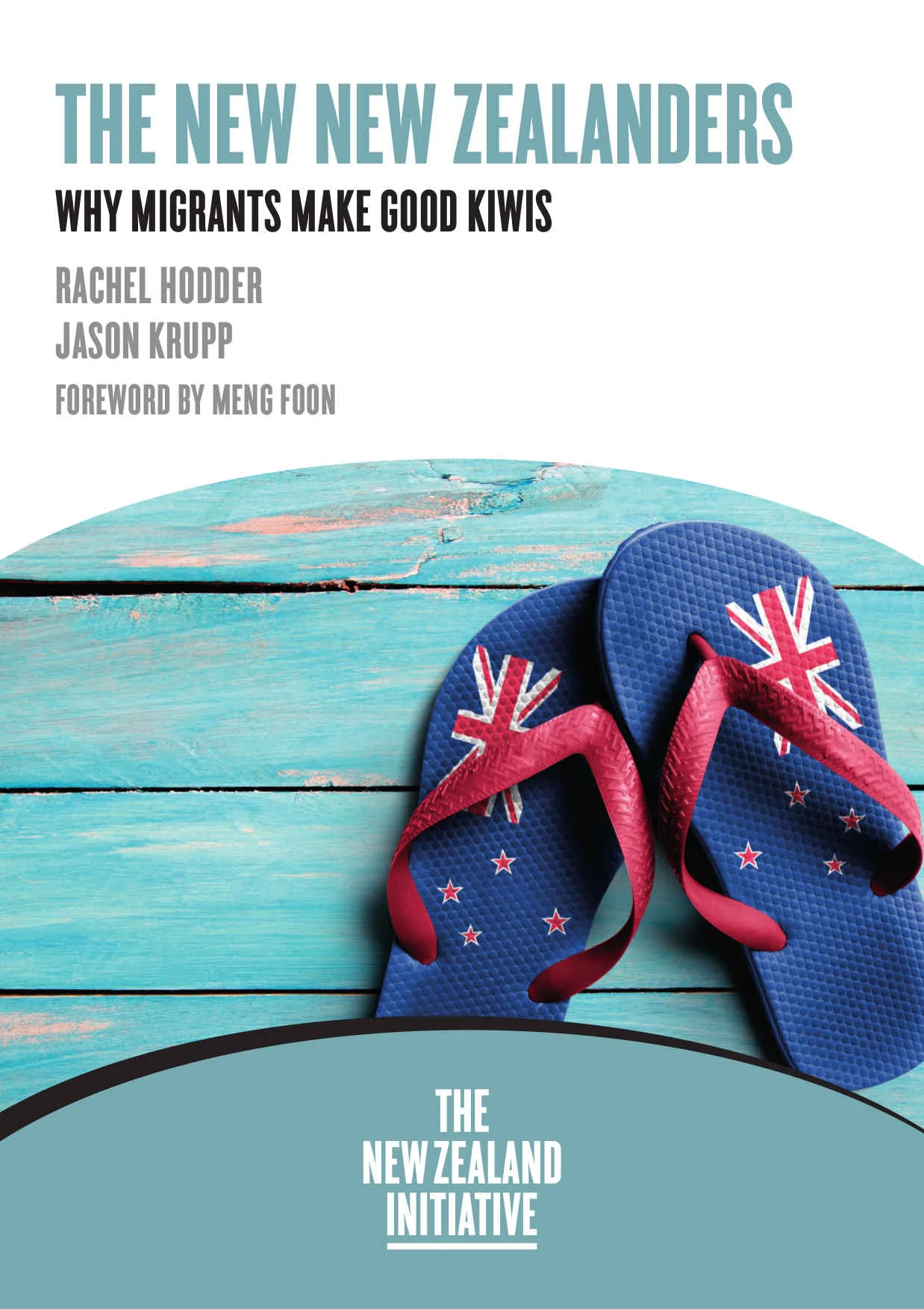Education: India tops the offshore students visa rejection numbers with 8818 in 2016
Immigration New Zealand has published the offshore student visa approval rates for 2016 on their website indicating that India had an approval rate of 46 percent with 7562 visas accepted and 8818 rejections.
This easily tops the rejection numbers as the next on list is China with only 649 rejections. The country had an approval rate of 93 percent with 8194 students coming to New Zealand to study from China last year.
Third and fourth on the list are the Philippines and Bangladesh with 473 and 418 rejections respectively. While Philippines had an approval rate of 72 percent, Bangladesh had a much lower rate of only 23 percent.
"The student visa approval rates are used to determine what evidence of English language ability an education provider can accept when enrolling a first-time international student. Students from a country with a student visa approval rate of less than 80 per cent have fewer options for evidencing their English language ability," said Education New Zealand.
"The 2016 approval rates show that some countries’ rates have shifted. Where a country has changed to above or below 80 per cent, the evidence of English language ability that an education provider can accept will change from 24 February 2017 (one month after the approval rates were published by Immigration New Zealand). Education providers have until this date to adjust their enrolment policies. This requirement is set out in Rule 18 of the New Zealand Qualification Authority’s New Zealand Qualifications Framework Programme Approval and Accreditation Rules," it added.
Notably, for the application of the New Zealand Qualificatins Authority's Rule 18, student visa approval rates for the following countries have changed from 2015:
• Armenia, Bahrain, Barbados, Bhutan, Gambia, Israel, Kazakhstan, Maldives, Marshall Islands, Peru, Tanzania – now have an approval rate of less than 80%.
• Algeria, Bulgaria, Croatia, Ecuador, El Salvador, Georgia, Mongolia, Rwanda – now have an approval rate of 80% or more.
The data for India also shows that the rejection numbers are affecting the number of visa applications. In 2015, while 12,730 visas were approved for offshore students from India, 13,247 applications were declined.
So while the total applications from India were close to 26,000 in 2015, these dropped to just over 16,000 in 2016. And with approval rate also dropping from 49 percent in 2015 to just 43 percent in 2016, the number of applications are anticipated to drop even further.



